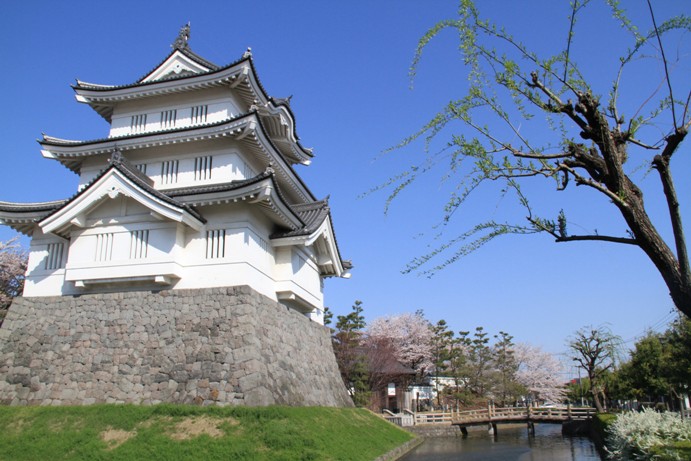
History of Saitama Prefecture Course
Sightseeing Routes
Experience ancient Japanese cultural treasures connected to the deep history of Saitama Prefecture.
start
Tokyo Station
80 minutes on JR Takasaki Line to Kumagaya Sation. 25 minutes by bus to “Shodenmae.” 1 minute walk.
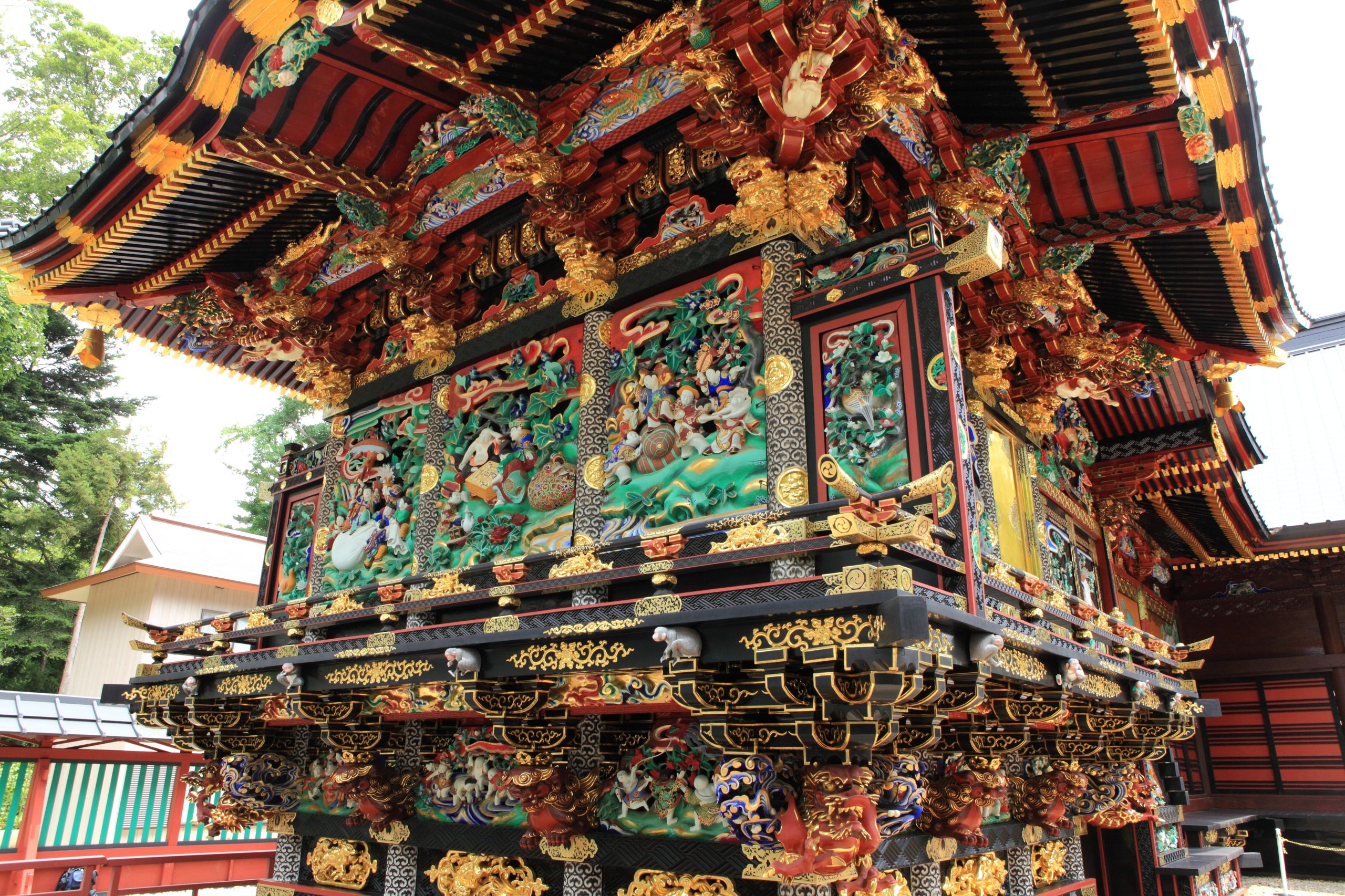
Menuma Shodenzan Kangiin Temple
Menuma Shodenzan Kangiin Temple is known as one of Japan’s three holy temples and is said to bring blessings for matrimony, family health, fortune, and scholarly achievements. In 2012, the main sanctuary, “Kangiin Shotendo,” was designated as a national treasure due to its highly skilled carvings, modern decorative architecture and public funding of its construction. Events take place throughout the year, such as the annual grand festival and Setsubun festivals during the spring and autumn.
Return by bus to Kumagaya Station. Chichibu Railway from Kumagaya Station to Gyodashi Station. 15 minute walk.
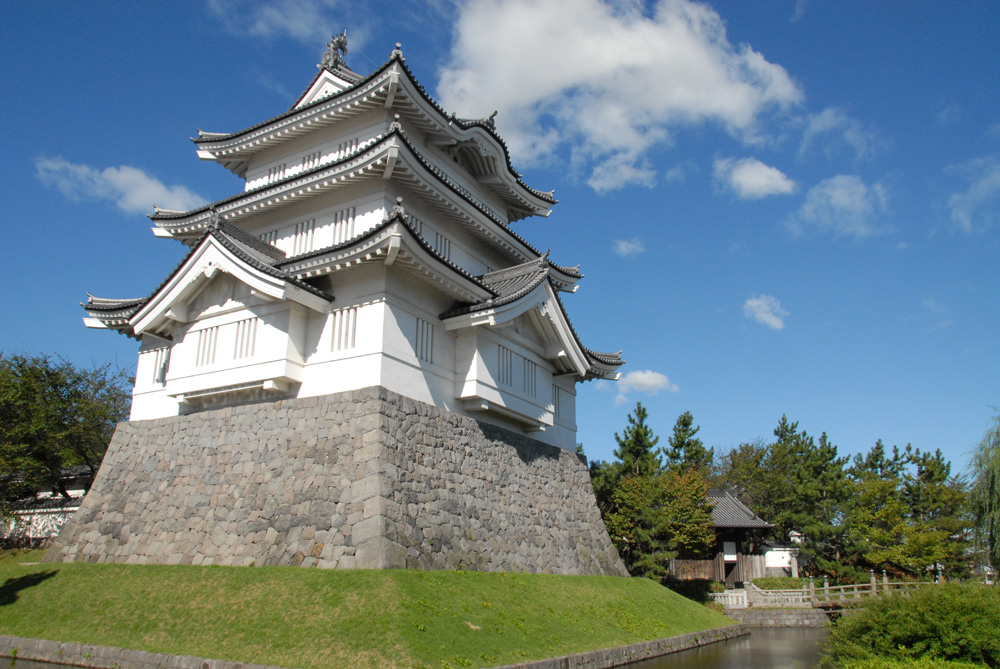
Oshi Castle Ruins – Gyōda City Museum
Oshi Castle is one of seven famous castles in the Kanto region, built during the civilization years of the Muromachi period. It is known as an “Uki-jō (Floating Castle),” as it is said to have endured the flooding of Ishida Mitsunari during Toyotomi Hideyoshi’s suppression of Kanto. The story of this castle was the model for the movie “Nobō-no-Shiro (The Floating Castle).” It is currently listed as one of Japan's Top 100 castles. The “Oshijyō Gosankaiyagura (Oshi Castle Three Story Turret)” was torn down during the Meiji period and rebuilt in 1988, with the inside turned into an exhibition room of the local museum, and a view of the entire city can be seen from the top floor.
10 minutes
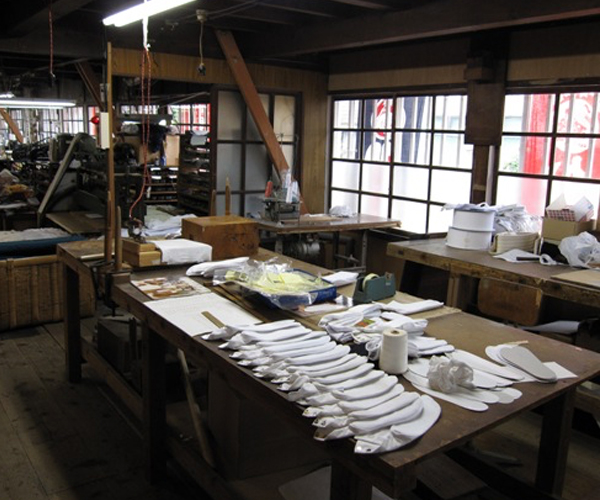
Tabi to Kurashi (Tabi and Life) Museum
Tabi to Kurashi (Tabi and Life) Museum was originally a factory of tabi socks delivering to tabi stores under the name Bokuya Honten (Main Branch). The factory was reborn as a museum, retaining most of the original factory’s appearance. At the museum, demonstrations by individuals who used to be tabi craftsmen can be seen, and your own original tabi (additional cost) can be made every second Sunday of the month.
City Loop Bus “Tourist Spot Loop Course Clockwise” Ride from “Shiyakushomae." Right in front of “Sakitama Kofun Koen-mae."
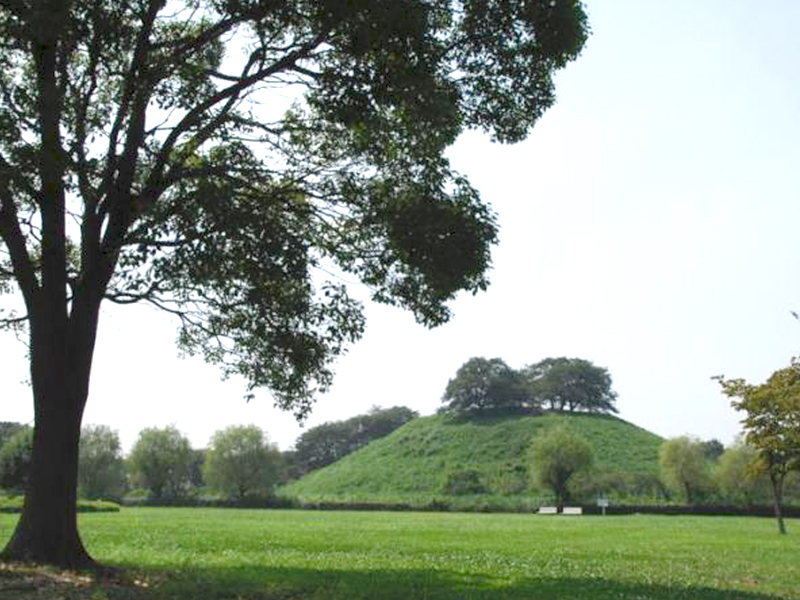
Sakitama Kofun Park
Sakitama Kofun Park is home to nine large megalithic tombs (kofun), such as the "Inariyama Kofun," where the national treasure the "Iron Sword with Golden Illusions" was excavated, and the largest kofun in Japan, "Maruhakayama Kofun," a popular cherry blossom spot. Gyoda City Sakitama, where the park is located, is also known as the origin of Saitama Prefecture's name (the characters for "Sakitama" are also read as "Saitama"), and you can see the stone monument commemorating this in the park.
City Loop Bus “Tourist Spot Loop Course Clockwise," ride from “Sakitama Kofun Koen-mae” to “Gyoda Eki." 75 minutes on the JR Takasaki Line to Gyoda Station.
goal
Tokyo Station
